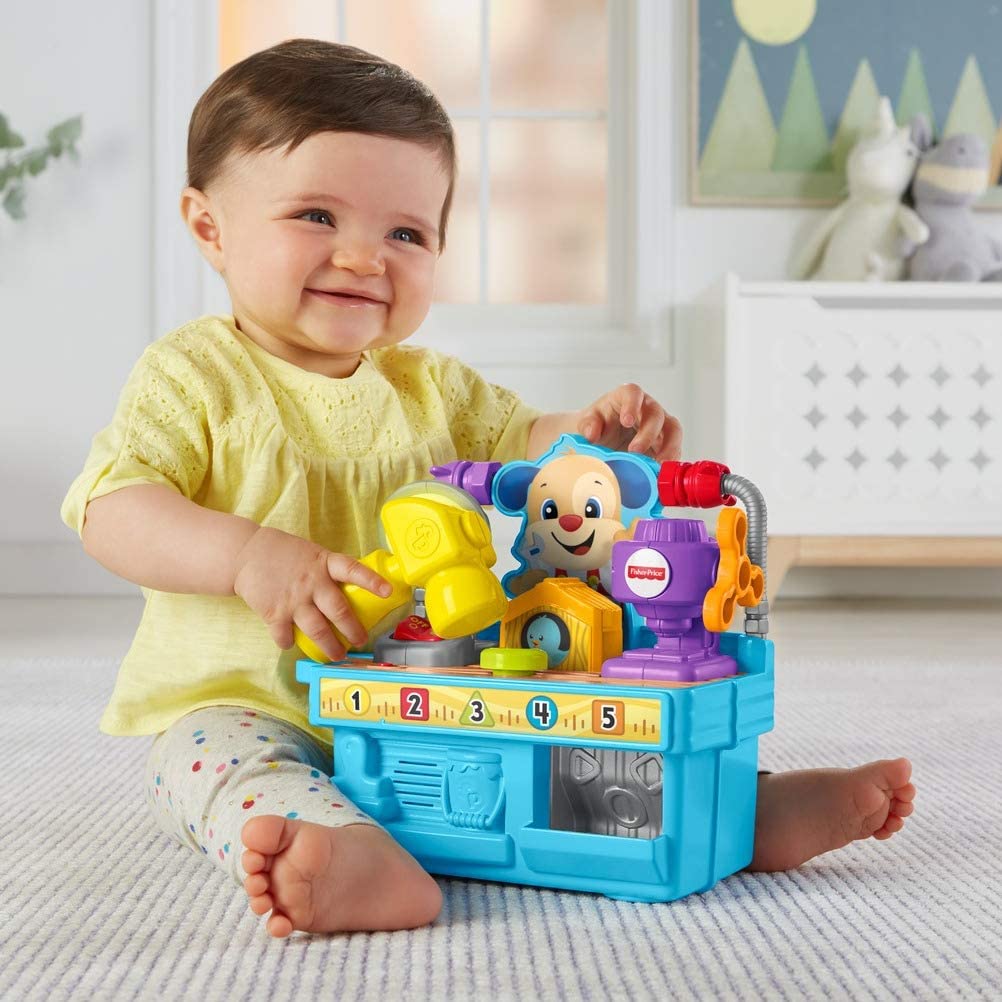LEARN & PLAY – EARLY LEARNING
Age group: 1-3 yrs
Toddlers are little explorers who learn by doing. Play gives your child a great opportunity to develop and practice new skills at their own pace by following their unique interests. The toys and playthings your child has available to can shape their development in important ways. (https://www.zerotothree.org/resources/1076-tips-for-choosing-toys-for-toddlers)
Top Toys:
- Dolls and stuffed animals
- Props for make-believe play, such as toy telephone, a tea-party set, a toy kitchen, or a doll stroller
- Ride-on toys and tricycles
- Musical instruments (especially popular are those with flashing lights on the keys that your child needs to press in order to play a tune)
- Large transportation toys with buttons to make a horn honk or a siren whistle
- Puzzles
- Construction toys that snap together (https://www.parents.com/fun/toys/kid-toys/toys-for-all-ages/)

Age group: 3-6 yrs
Preschoolers and kindergartners have longer attention spans than toddlers. Typically they talk a lot and ask a lot of questions. They like to experiment with things and with their still-emerging physical skills. They like to play with friends—and don’t like to lose! They can take turns—and sharing one toy by two or more children is often possible for older preschoolers and kindergarteners.
(https://www.naeyc.org/resources/topics/play/toys)
Top Toys:
- Things for solving problems – puzzles, sorting, collecting
- Things for pretending and building – many blocks for building complex structures, transportation toys, construction sets, etc
- Things to create with – paper for drawing and painting, colored construction paper, preschooler-sized scissors, chalkboard and large and small chalk, modeling clay and playdough
- Picture books with even more words and more detailed pictures than toddler books
- Things for using their large and small muscles
- If a child has access to a computer: programs that are interactive (the child can do something) and that children can understand (the software uses graphics and spoken instruction, not just print), children can control the software’s pace and path, and children have opportunities to explore a variety of concepts on several levels
(https://www.naeyc.org/resources/topics/play/toys)

